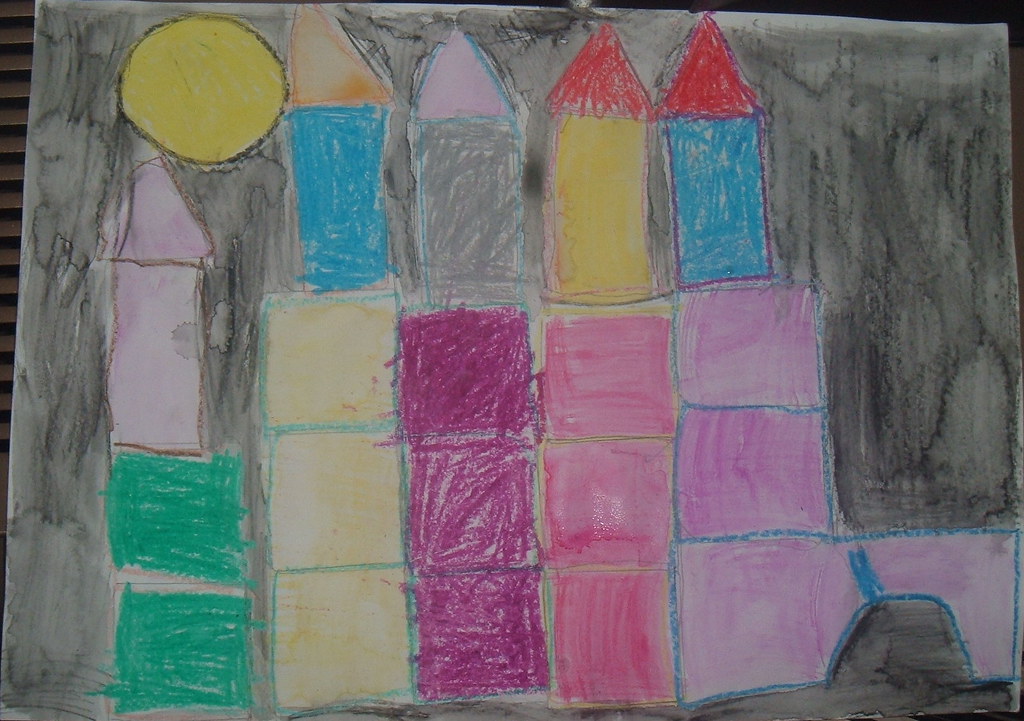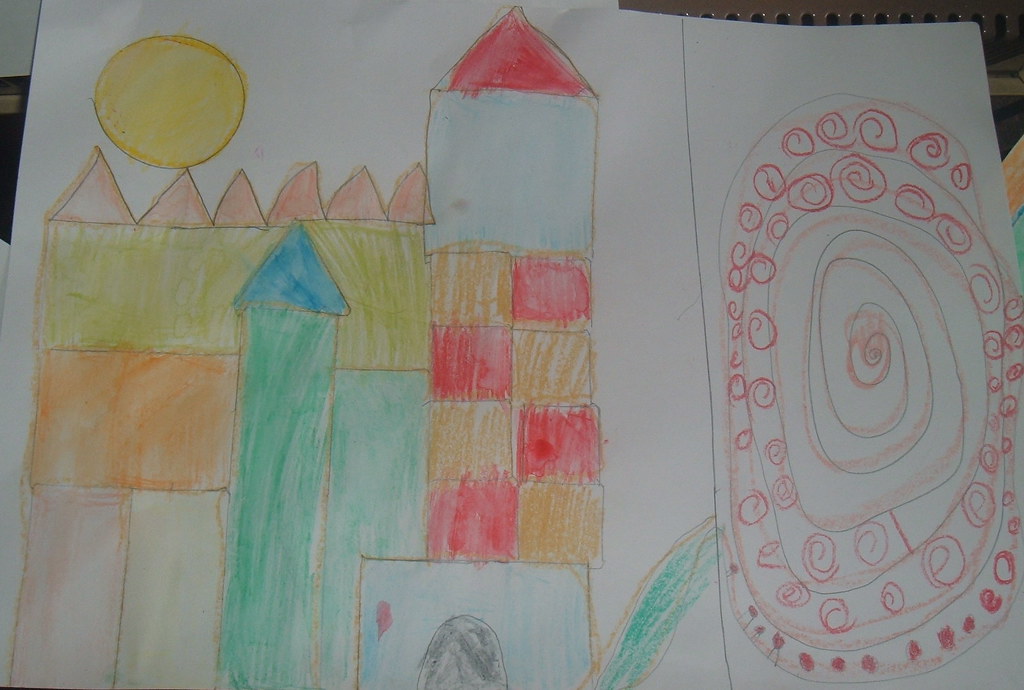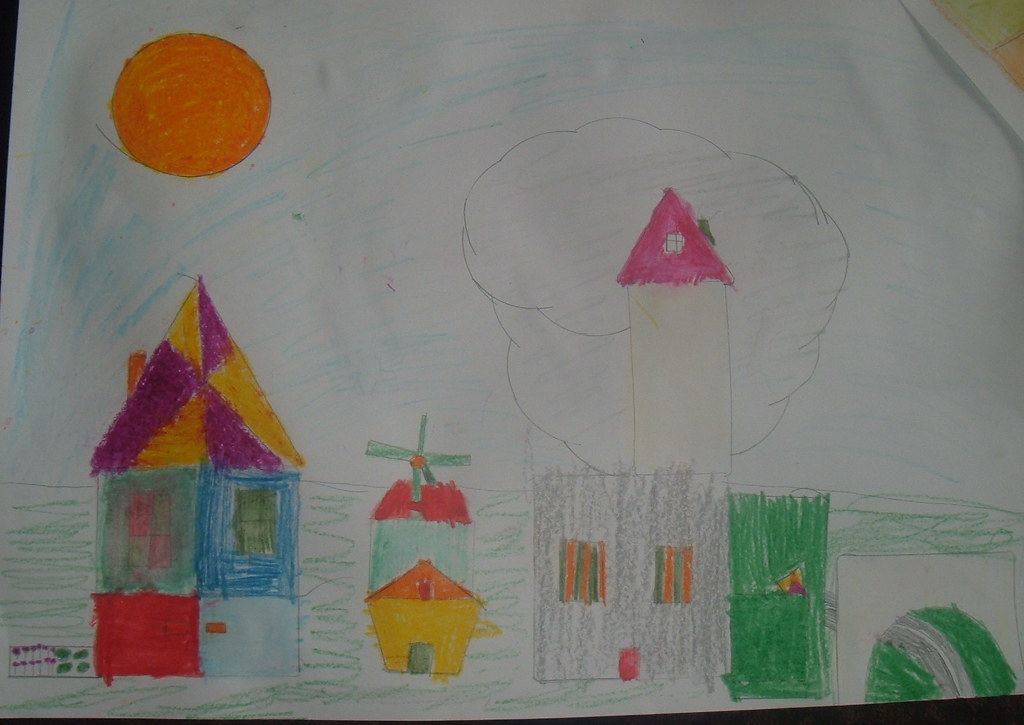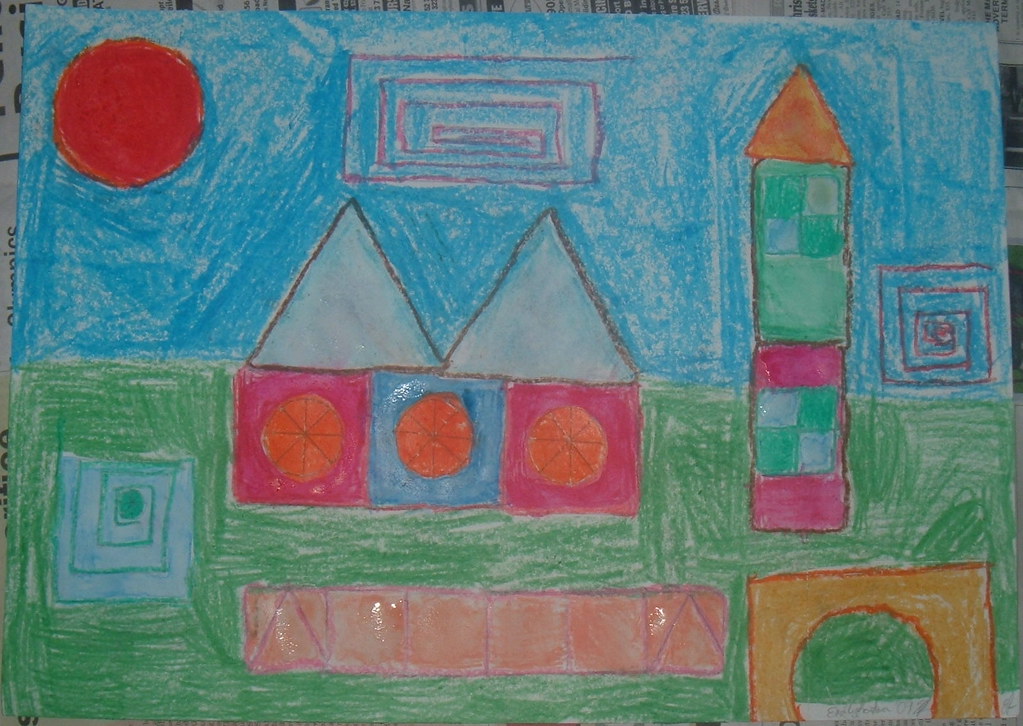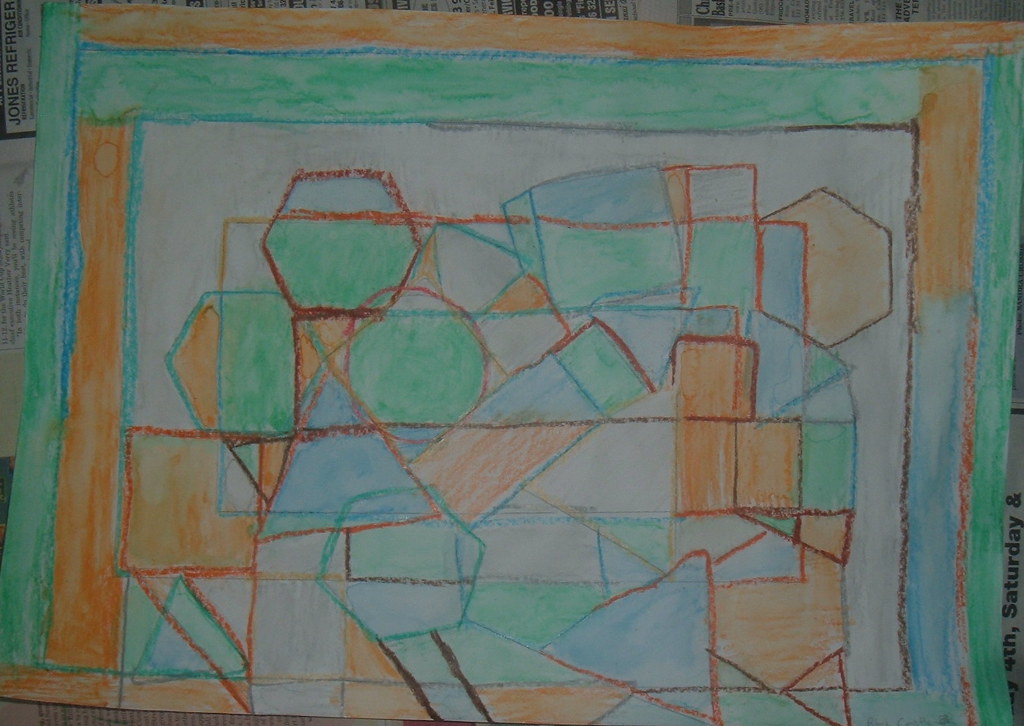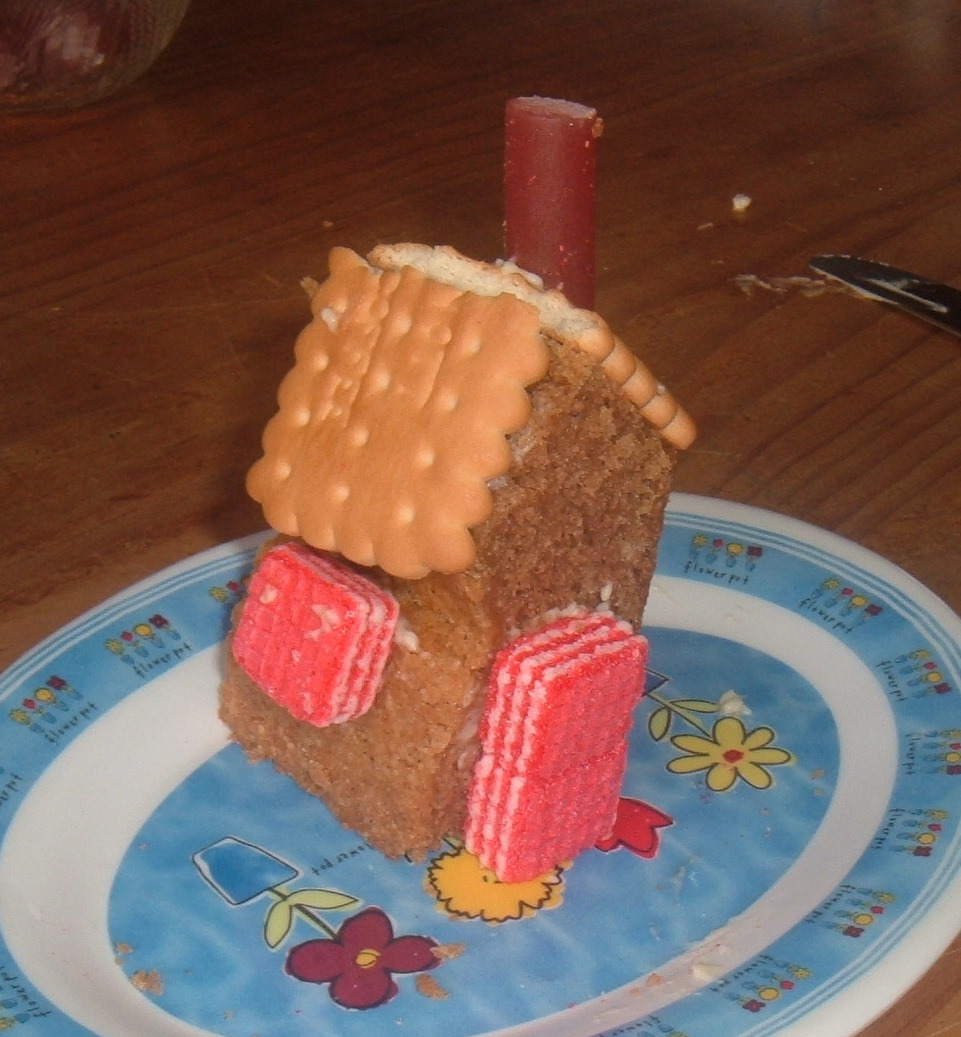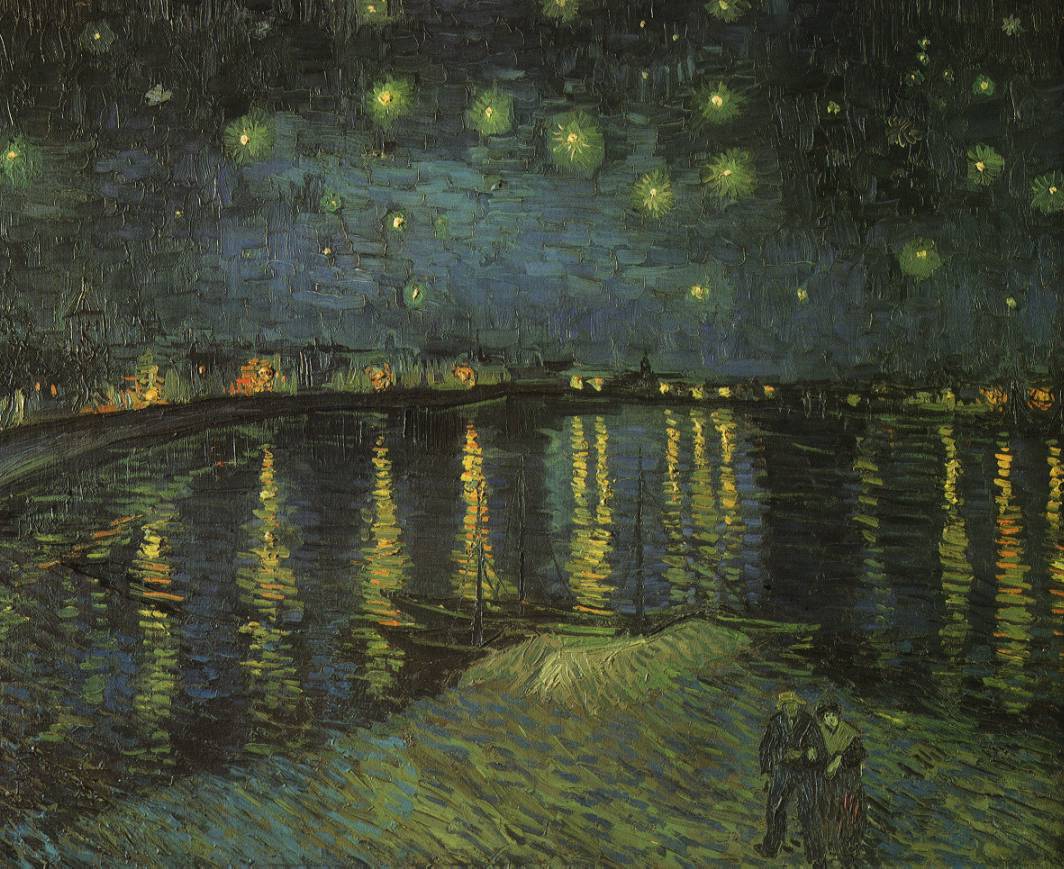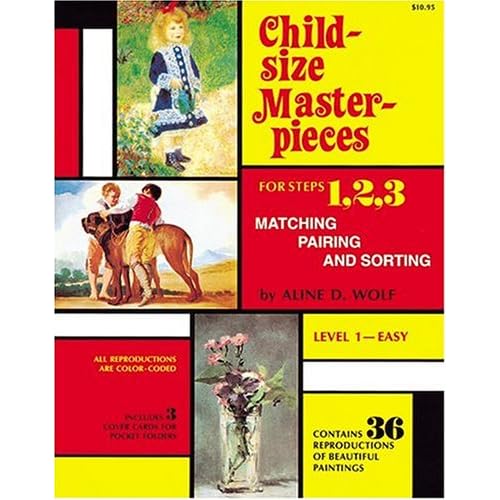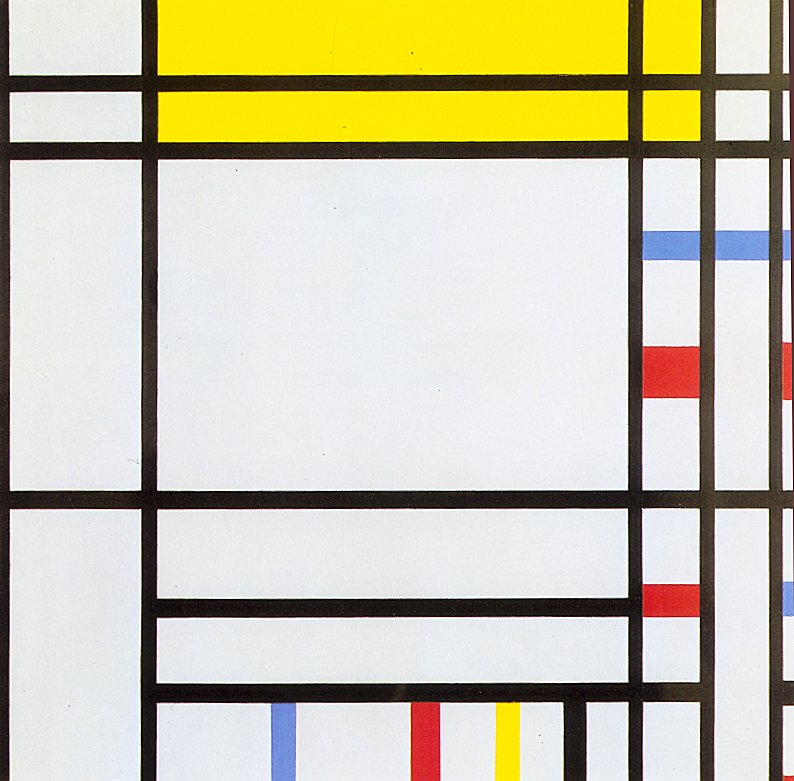Before starting our art classes using the book Discovering Great Artists, I was dubious about much of what we call "modern art". However, I have come to appreciate much of the art we have been looking at, mainly for the art itself. I don't want to delve too deeply into the hidden meanings of the pieces, or into the artist's lives themselves, I am simply trying to enjoy the art for itself. In the case of Mondrian and Matisse, I have enjoyed their work and see it as more in the category of "design." I'm not sure if these waffly thoughts are making much sense to anyone - but basically, we have enjoyed having a go at replicating these artists' paintings or just using them as inspiration to have a go ourselves. We are also enjoying recognising Mondrian designs everywhere we go! Even my brother's new business cards are based on a Mondrian design!
A couple of weeks ago we looked at the work of Paul Klee. As with a lot of artists, apart from
Geninne Zlatkis's water colour inspired by Klee I had never heard of him before.
Paul Klee was a Swiss painter, of German nationality. His father was a music teacher, and his mother, a trained singer. Klee loved dabbling in the visual arts as a teenager and spent a lot of time drawing in his school books. He especially loved caricature. He earned a Fine Arts degree after which he travelled throughout Italy, studying the master painters and spending time with fellow contemporary artists, such as Kandinsky.
Rose Garden, Paul Klee, 1920.
Paul served with the German forces during World War 2, but with the intervention of his father, was kept from the front line. He ended up painting camouflage on war aircraft! He continued to paint and hold exhibitions during the war, and eventually settled in Switzerland.
Klee struggled with colour, and many of his earlier paintings were black & white. This "long struggle with colour" was eventually overcome and Klee managed to produce over 9000 works. In his best year, 1939, he produced over 1200 works.
The painting below,
Ad Parnassum (1932) is considered Klee's masterpiece and the best example of his pointillist style. I love it, it reminds me of a fine mosaic.
The painting below is the one we based our art lesson on, although some of the girls chose to use ideas from some of his others. As with many of Klee's paintings, this one is based on building blocks. Doesn't it just remind you of those coloured wooden blocks you played with as a child? Klee also often added a sun to his paintings.
We had the girls use a set of plastic shapes to trace around and either "build" a castle or some other geometrical design. We traced over the lines with a dark coloured oil pastel or crayon, and then filled in the shapes with pastel or watercolour pencils. Here are the results:
Castle by one little friend, age 5.
Castle by another little friend, age 7.
The Landscape of Holland, Ainsley (7), 2009.
Shape City, Emily (9), 2009.
Block Castle, Bethany (11), 2009.
And to top off our last art afternoon for the year, we made these little "gingerbread houses" for afternoon tea:
**************************************************************************






